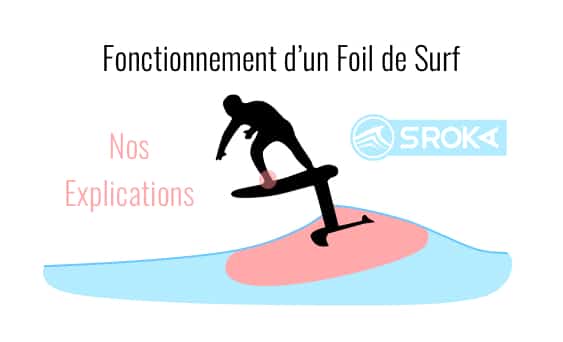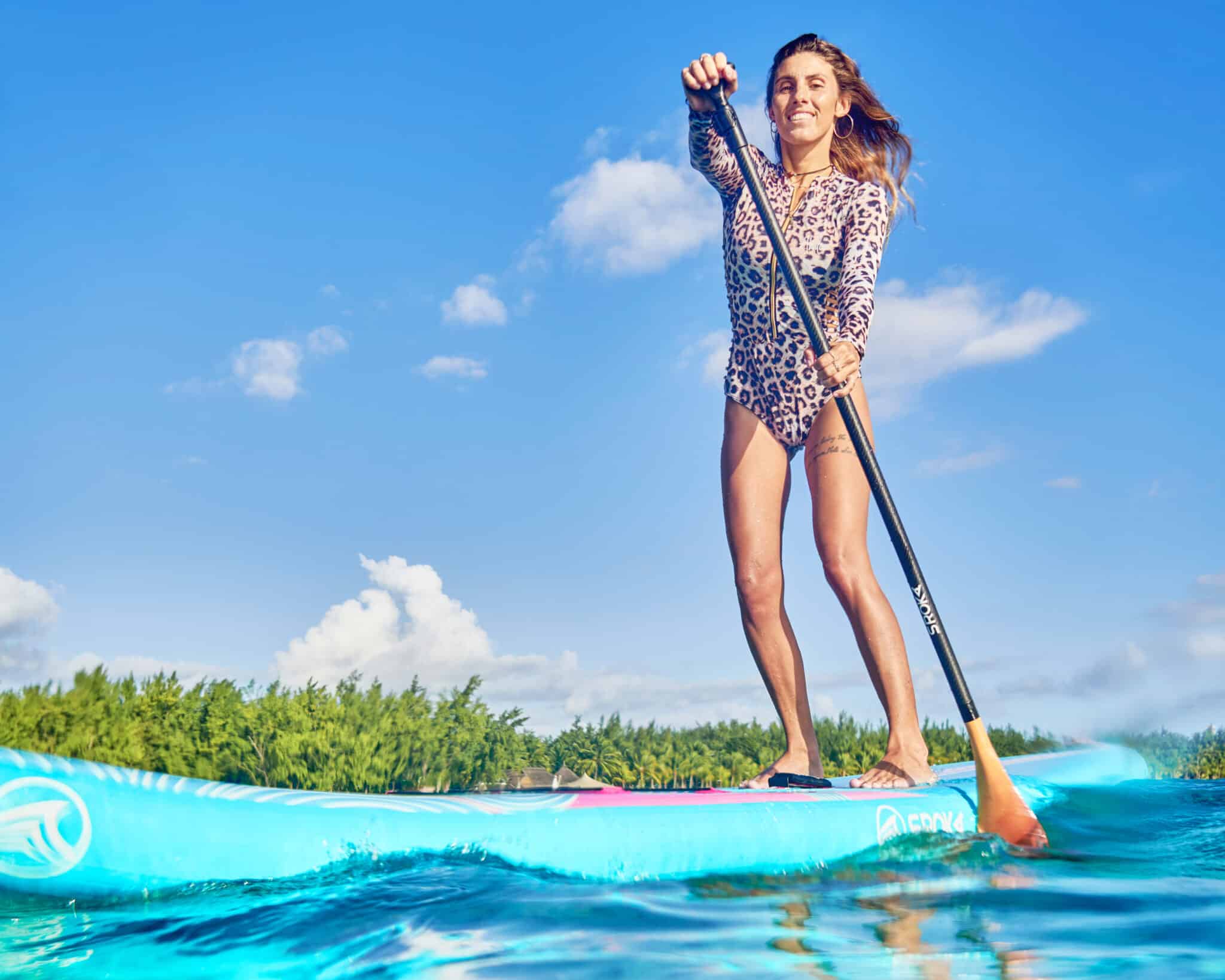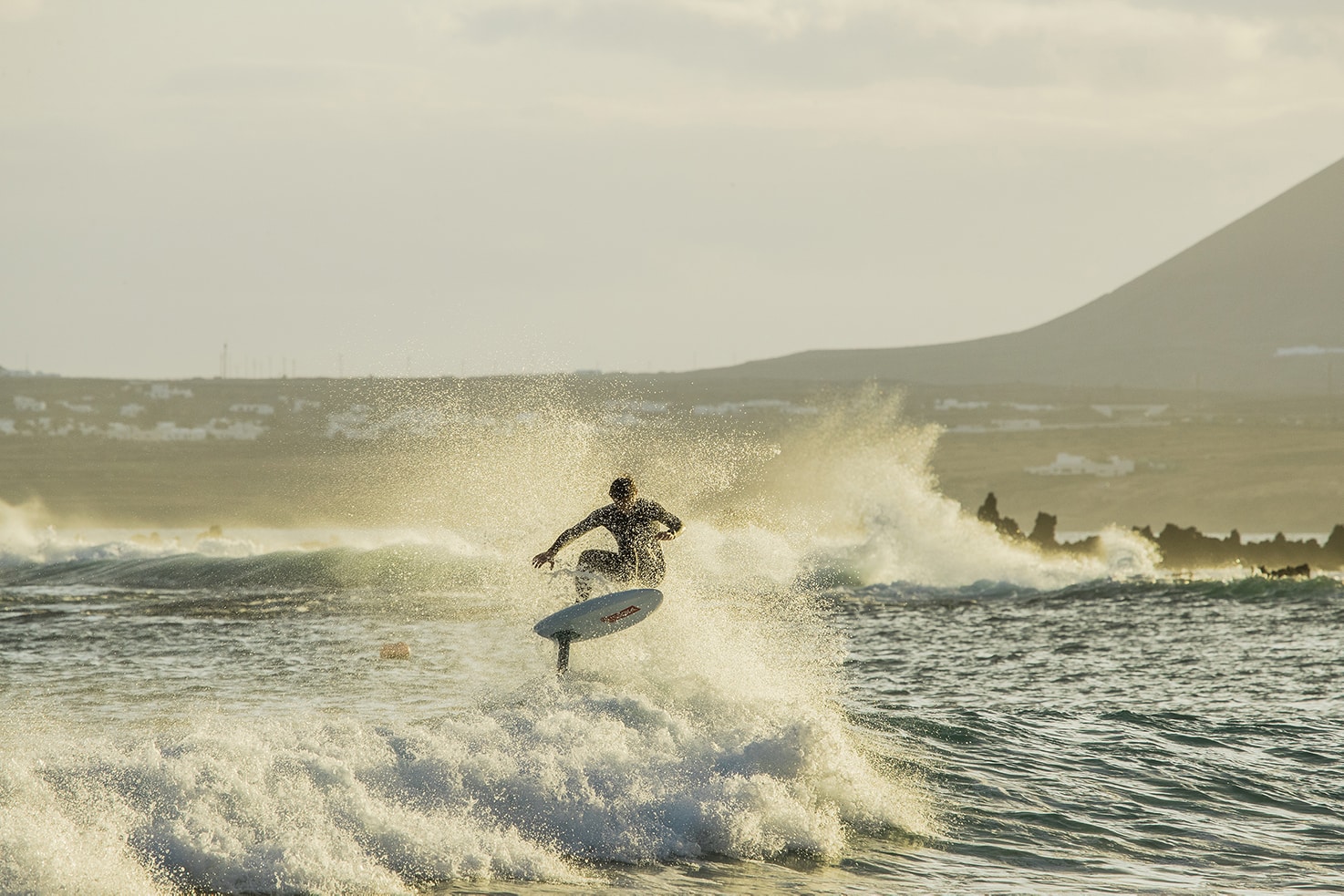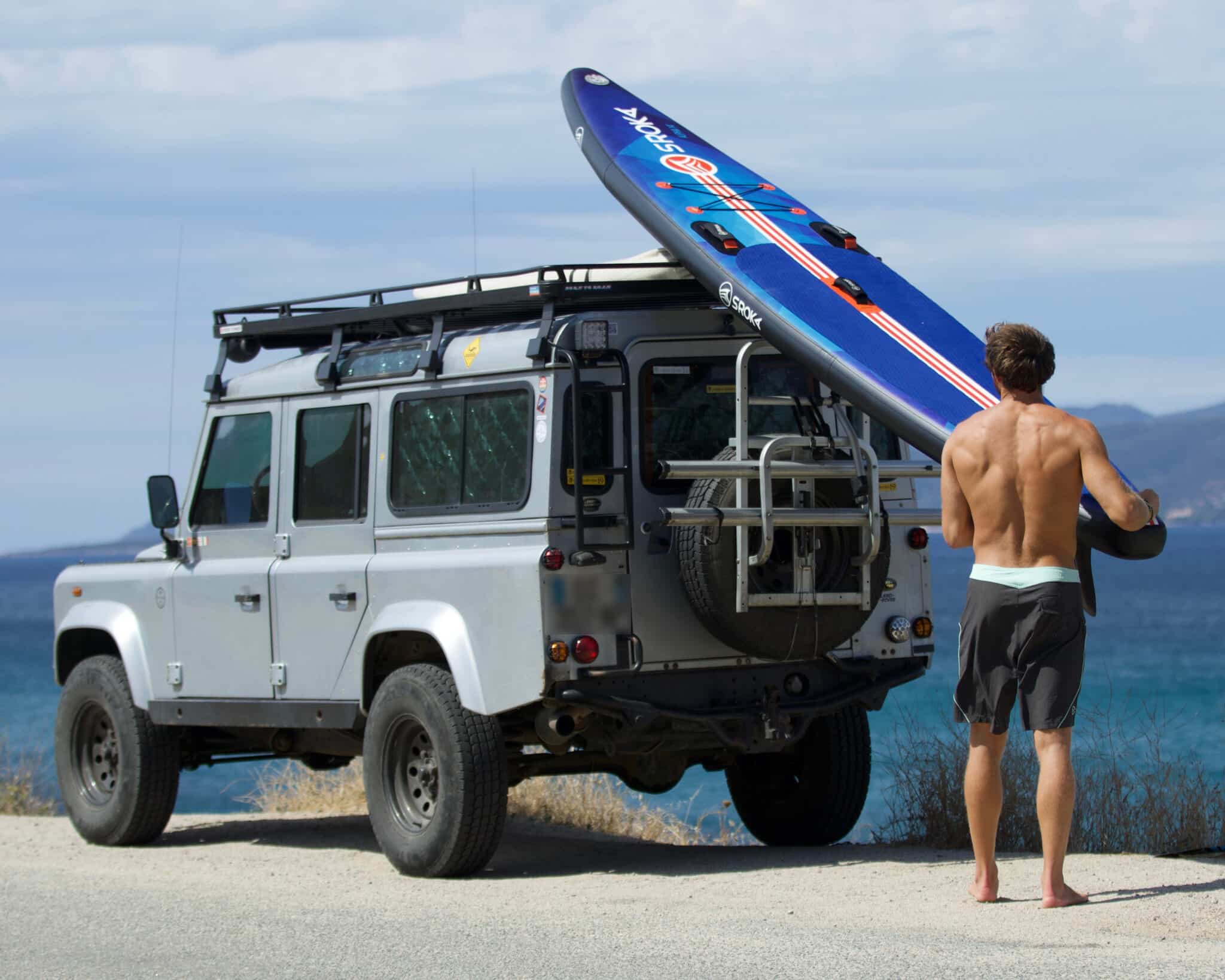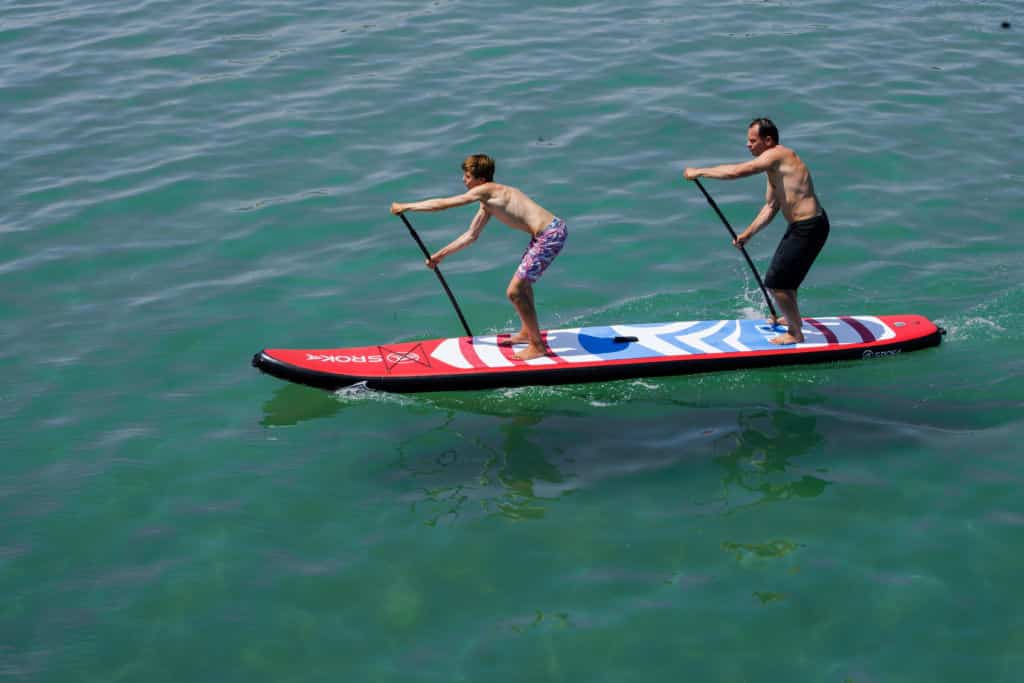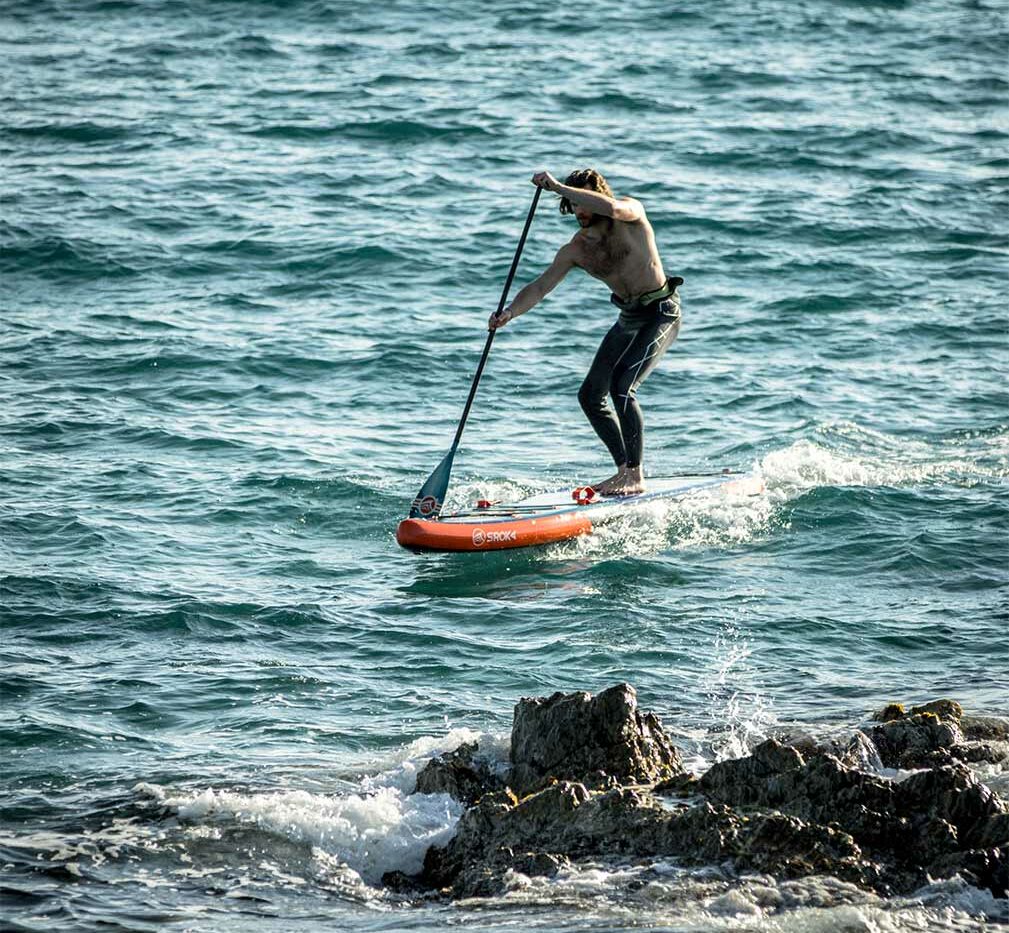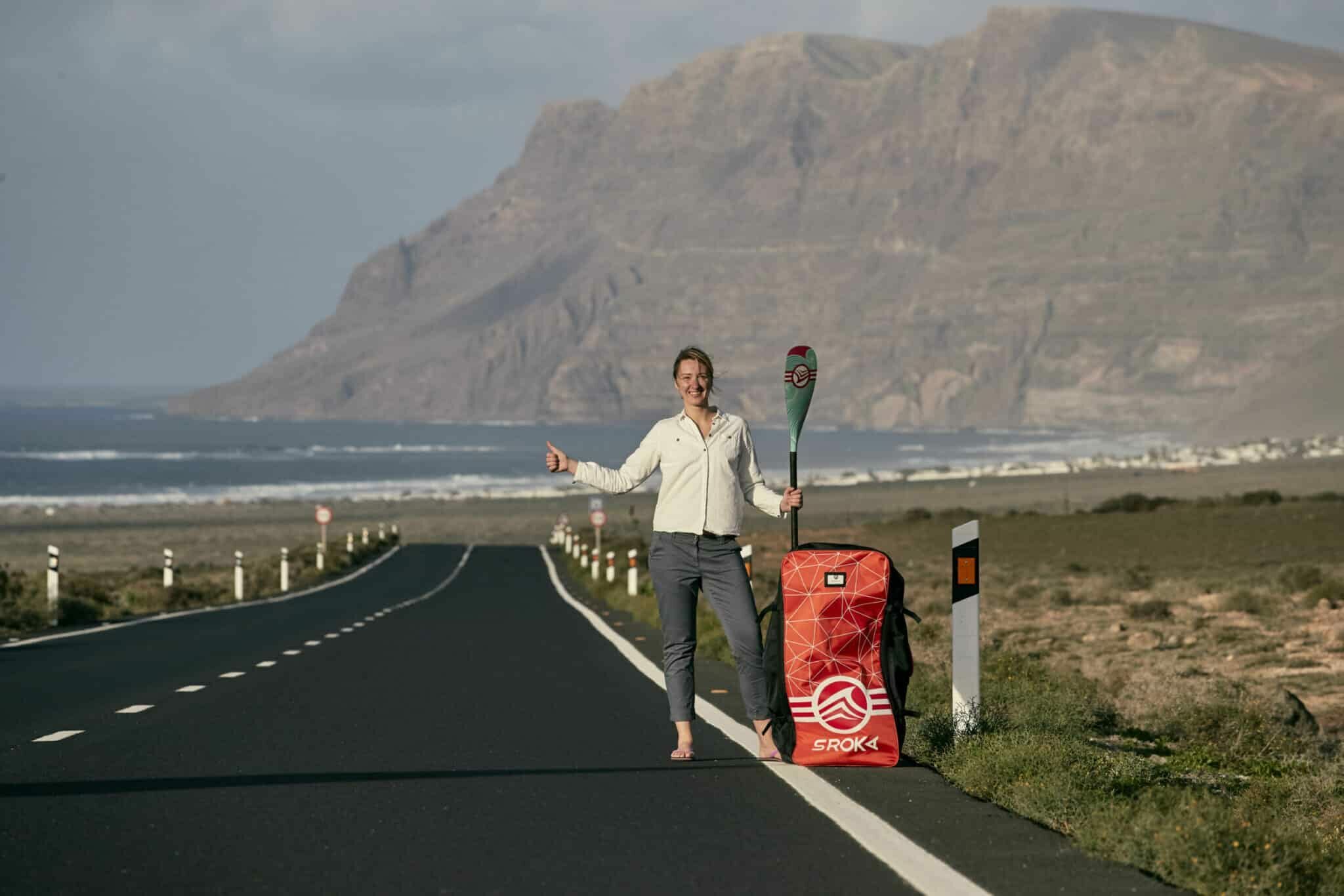 LE MAGAZINE
LE MAGAZINEFoil en carbone: Criteria to consider before buying

Foil en carbone: Criteria to consider before buying
When it comes to choosing a new foil, 100% carbon foils are the first choice, because all the brands suggest that they are the best of the best. However, the reality is not so clear-cut. What criteria should I take into account before buying a carbon foil?
In this article, we’ll tell you what you’re not being told about carbon foils, to help you make the right choice.
“If a foil carbon is sold at twice the price of an foil aluminum without any gain in performance, there’s no point,” says Bruno Sroka.
The foil in carbon must provide more performance, more rigidity, more glide, more smoothness of flight, less drag, more responsiveness, otherwise you might as well keep an foil in aluminium.
What is a foil in carbon?
It’s common to hear people think thata foil 100% carbon is always more powerful, stiffer or faster than a foil with an aluminum base (mast & fuselage), but IT’S FALSE. To be efficient, a mast must be thin and extremely rigid, which is a contradiction in terms; the thinner you make a mast, the more sensitive it will be to bending and twisting. It’s easy to make a carbon mast as stiff as an aluminum mast if it’s thick, but with production costs often twice as high, you’re paying twice as much for the same performance, which is pointless.
The challenge in developing a high-performance mast is to use the best carbon with the best draping plan to create a mast that is both thin and ultra-stiff. Indeed, a stiff mast is the most important thing for a high-performance foil. The stiffness of a mast stiffens the entire foil (the mast is like a connecting arm between the board and the load-bearing part of the foil). The stiffer it is, the more reactive the foil will be, and therefore the support and reaction of the foil will be precise. Stiffness is therefore fundamental. For more information on the differences between 100% carbon foils and aluminum foils, read our article on the subject. To sum up, to have a high-performance foil carbon foil, you need a thin, thick and rigid mast.
Carbon fiber quality
The quality of the carbon fibers used for the mast is essential. There are three main types of carbon: basic, mid-range and high modulus (HM). The latter provides increased rigidity, reduced elongation and superior responsiveness, making it a preferred choice for high-performance foils. However, high-modulus masts can cost up to two or three times as much as basic carbon. For example, in our foil carbon, we use M40J which is a high modulus carbon used for Formula 1 and aerospace. It provides bending stiffness with low elongation, but costs a lot more.
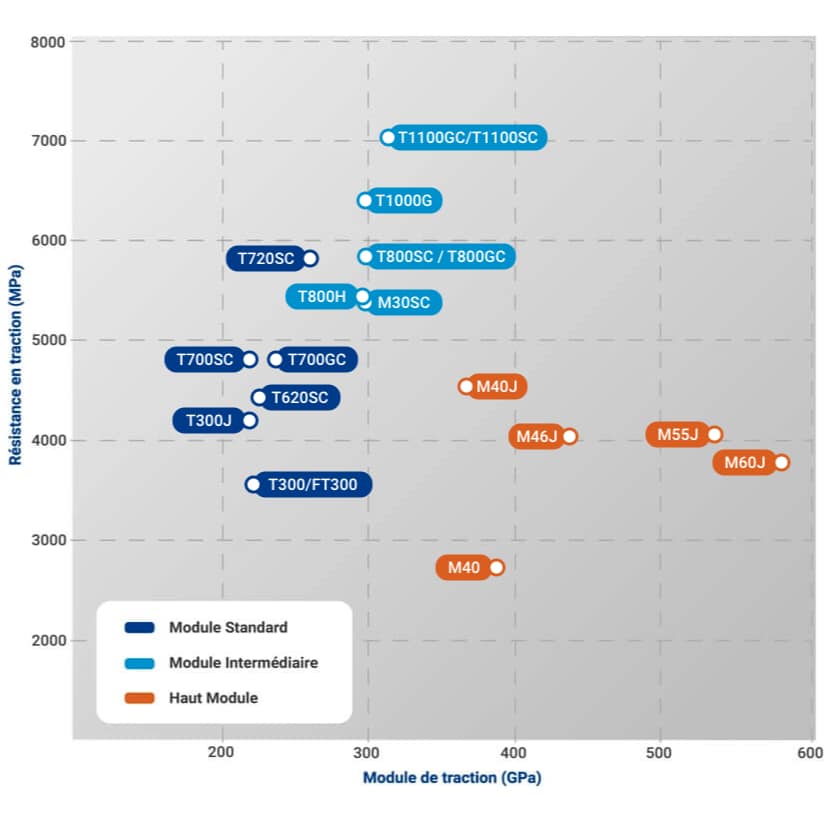
Mast profile
The thickness and chord of the mast are of immense importance to the rigidity and drag of a mast. A thin mast (around 14 mm) will have much less drag than a thick mast ( > to 16 mm). It will glide better and reach higher speeds with its ultra-thin profile, while offering you better response thanks to its stiffness. The Sroka carbon mast is available in 14mm and 16mm thicknesses to suit your needs and preferences. The 14mm Elite mast will be very thin and stiff. The 16mm mast will be less slippery but lighter, and a little less stiff but less expensive.
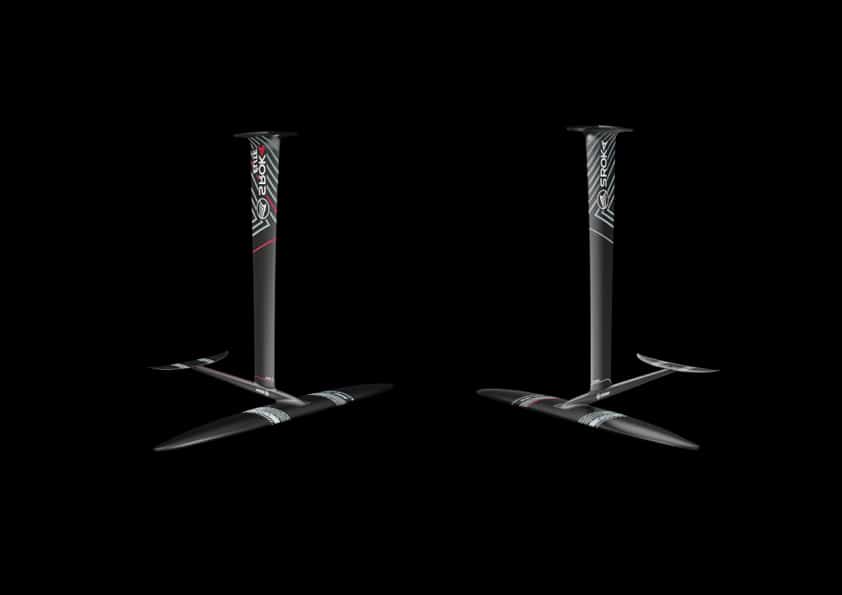
How to make a rigid carbon mast? Our selection
Building a carbon mast is a highly technical process. But here’s how to get a rigid carbon mast.
There are only two ways to get a stiff mast:
- Either we increase the thickness and the chord to stiffen the whole, and consequently we can foam the inside and be light.
This is the simplest and least expensive solution, but it greatly increases the drag of the mast and therefore the mast is slower.
- Either we increase the quality of the carbon fiber used in the mast (high-modulus fiber) and increase the quantity of material, thus reducing the thickness of the mast and the rope as much as possible. The result is reduced drag, improved glide and speed, and a highly responsive, high-performance foil.
At Sroka, we’ve chosen the second option. Offering you one of the best carbon masts on the market, combining thinness, fine rope and rock-solid rigidity.
The fuselage
There are two ways to make a fuselage:
- or keep the aluminum fuselage, which will be heavier and require you to dismantle your foil after each session to avoid oxidation between the aluminum and stainless steel (the screws).
- The fuselage can be made of carbon to avoid oxidation and save weight. But it will be more fragile to impacts. So you’ll have to be more careful. The final option is to make a titanium/carbon fuselage.
At Sroka, we have chosen the carbon fiber option for a foil 100% carbon model, and to reduce the price of foil, we also offer an aluminum fuselage.
The length of the fuselage determines the manoeuvrability of the foil. The longer the fuselage, the more stable the longitudinal axis, but the less manoeuvrable the foil. Conversely, a very short fuselage increases manoeuvrability and the ability to pump easily, while losing longitudinal stability.
However, if the mast is thin and has little rope, its manoeuvrability is increased, making it easier to handle. So you can maintain a longer fuselage and still be just as maneuverable as with a less maneuverable mast, which requires a shorter fuselage.
We refer you to the video alongside, which explains all the differences.
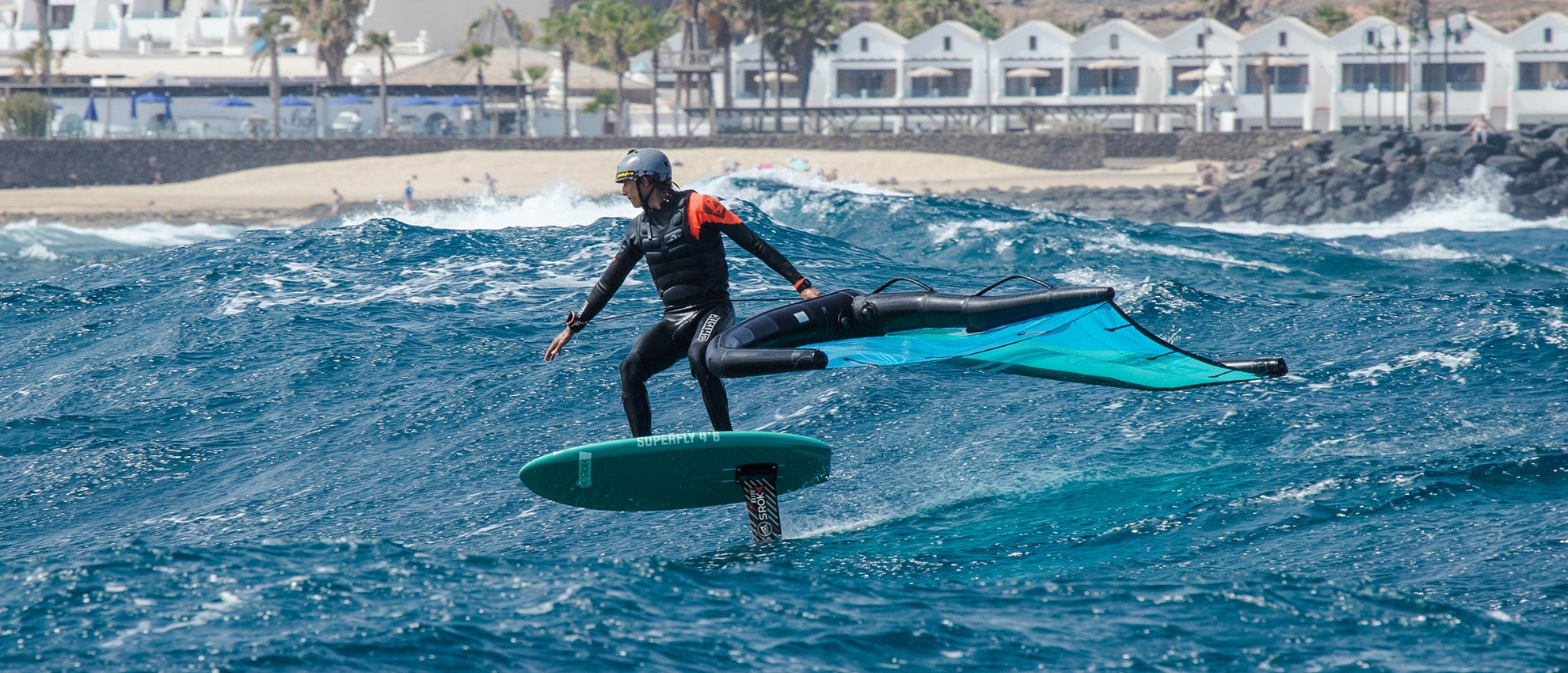
The front fin
The performance of a foil front wing depends on various characteristics, such as its span, chord, thickness, twist and profile. This is defined by the aspect ratio, which is the ratio between the wing’s span and its chord. For example, the higher the ratio, the larger the wing in relation to its chord. It is therefore longer and narrower.
- Low aspect ratio: These are foils with a lot of chord and very little span. They’re great for beginners, but will quickly saturate in speed due to their long chord.
- Medium aspect ratio: The perfect compromise between high aspect and low aspect. These foils are accessible to all levels. They’re perfect for beginners, with plenty of room for improvement. They correspond to the foils in our Classic range. In large size or from the Control range in the performance range.
- High Aspect Ratio: With a high aspect ratio, these foils are more technical than the others. They allow maximum glide and can be flown for a long time. They correspond to our High Aspect foils range.
The stabilizer
The stabilizer (stab) or rear fin, stabilizes the foil.
The larger the stabilizer, the more stable the foil will be, but this also means that there will be more drag, so you won’t go as fast. On the other hand, a smaller stabilizer will stabilize the whole less, but will offer much more glide, as there will be less drag, and may also enable you to go faster.
Sroka offers 3 types of stabilizers,
- the 300cm2, the most stable stabilizer in our range, perfect for beginners or riders with large front wings.
- The 240 cm2, the medium, a compromise between stability and speed. Adaptable to all our front winglets. It’ll be your best friend in light winds, and also for those looking for comfort and speed when sailing.
- The 180 cm2, a speed weapon. With its ultra-thin profile, it’ll take you beyond your speed limits.
It is important to remember that the use of adjustment wedges will allow you to adapt it even better to your sailing style and your size. It also allows us to reduce the number of stabs and thus meet all needs. By increasing the lift, by putting an angle under the rear screw or by removing the angle (i.e. by increasing the thickness under the front screw), the lift and therefore the drag are reduced. For more information on adjusting stabilizers with corner shims, watch this video.
To conclude:
- To have the best carbon mast, you need the best carbon and the best draping plan with a thin profile and little thickness and rope. Compare and contrast, and you’ll see many differences. If a brand’s information isn’t clear. Ask yourself why? Or ask them!
- A mast with a thinner profile and a thin rope like the Sroka carbon mast will allow you to reach higher speeds and offer a better response from your foil.
- The way the mast is made is very important. An ultra-light carbon mast is by no means a sign of quality. It will be supple and probably foamy on the inside. As a result, it will be less rigid and more “marshmallowy” underfoot.
- The choice of front fin is crucial to adapting your equipment to your requirements and optimizing it.
 Le Magazine
Le Magazine



